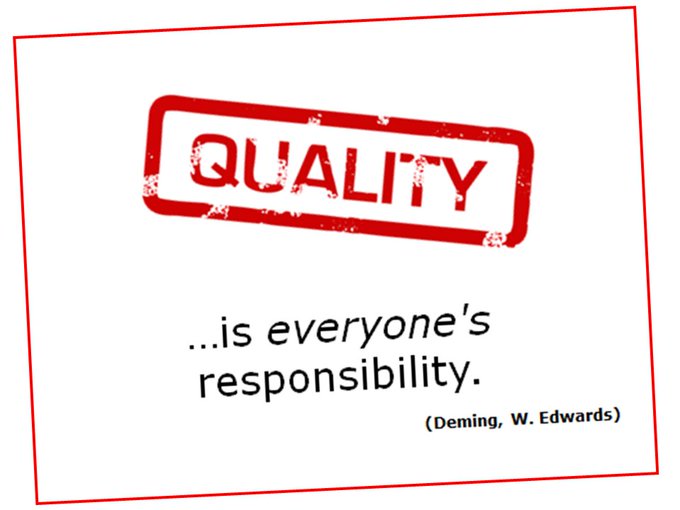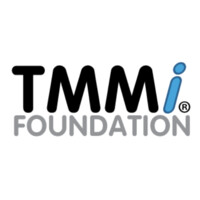
Know your software quality maturity.
In an increasingly competitive market, stand out with a benchmark against global industry standards.
Using the TMMi® model, we will assess your current software quality maturity, work with you on any improvements, and prepare you for a globally recognised certification.
Quality is everyone's responsibility
Beginning with requirements and continuing throughout the operational life of the software quality is an ongoing commitment.
It doesn't matter what framework or methodology you follow, you must monitor it at all times.
To do this successfully you need to have a low friction, repeatable benchmark with which to compare, and a process of continuous improvement to implement lessons learned - there is no point fighting fires but then failing to learn why they started.

Gain a competitive advantage
The TMMi® model is gaining international recognition. It looks at software quality at different maturity levels, with the assumption that all organizations start at TMMi® level 1 of the maturity ladder. The more mature an organizations' quality practices, the higher level of TMMi® maturity the organization fulfils.
The model has a staged architecture for quality process improvement. It contains levels through which an organization passes as its QA process evolves from one that is ad hoc and unmanaged, to one that is managed, defined, measured, and in optimization mode, see figure 1 below. Achieving each level ensures that an adequate improvement has been laid as a foundation for the next stage.
Quality process improvement efforts are focused on the needs of the organization in the context of its business environment. Moving through the different maturity levels increases the capability of software quality management to align with the needs of the business.
Request a no-obligation call

Discover
Holding one-to-one sessions with key stakeholders provides an understanding of existing quality maturity and appetite for change.

Assess
With a full picture of the how quality is measured within the organization, an informal TMMi® assessment will identify current maturity level and areas for improvement.

Recommend
Using the assessment results recommendations can be made on how best to improve software quality and advance the organization to the next level.

